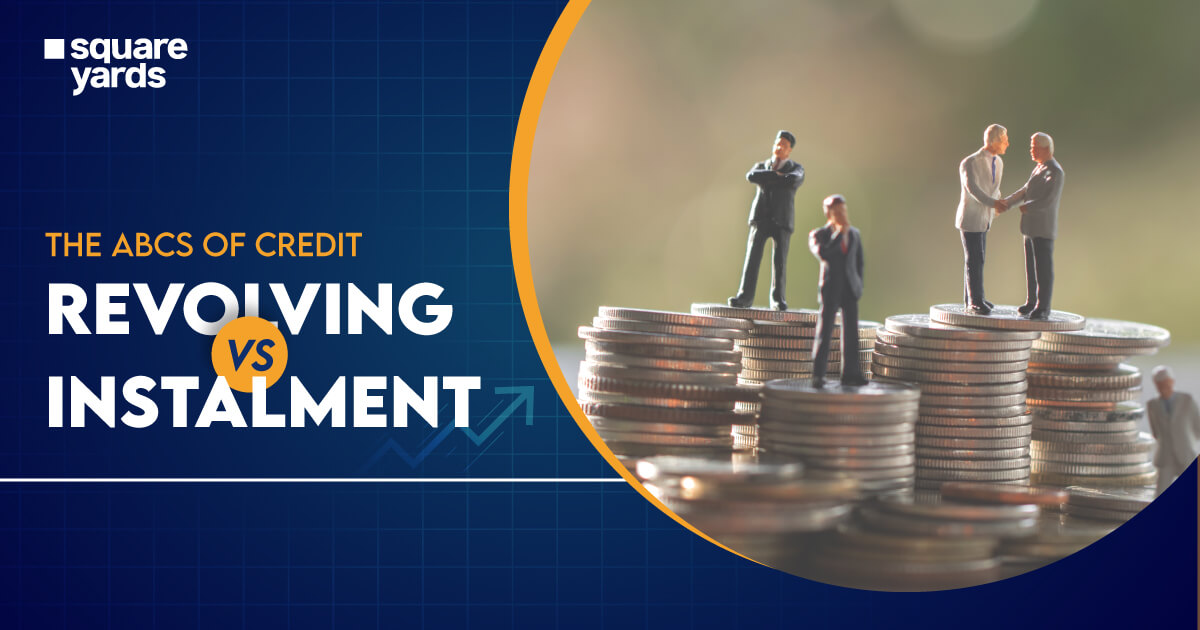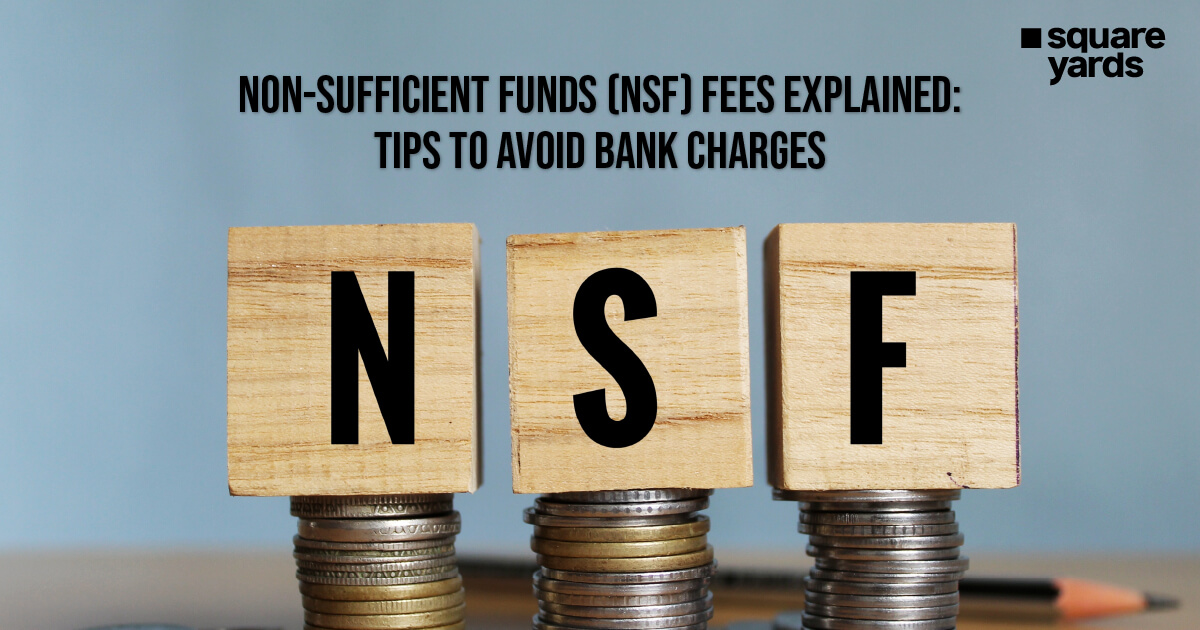Finance and installment credit don’t have to be as complicated as those towering skyscrapers make it seem. The easy way to explain something to someone is to just say it in terms that your old grandpa might not feel out of depth. The world of credit, as daunting as it may seem, is easy to catch the hang of when you need it over a simple coffee conversation. It’s all in the way you approach it. Now, I may be a novice financial expert, but I know many. In the dynamic world of finance, credit plays a pivotal role, often as the bridge between our aspirations and our means. However, not all credit is created equal. Sit and let us try to understand the difference between two different credit types: Revolving and installment credit. While they may seem synonymous to some, their structures, purposes, and implications vary considerably.
If one were to put it in a line, installment credit is a one-time deal with consistent payments until it’s gone. In contrast, revolving credit is an ongoing relationship where you can borrow, repay, and borrow again within your limit. Whether you’re contemplating a home loan, pondering over your next credit card, or simply seeking a deeper understanding, it’s crucial to discern between these two credit types.
What is Installment Credit?

People often use installment credit for large purchases, paying them back over long periods. It’s a financial tool that allows consumers to make significant investments in their future, be it a new home, a car, or even education, without paying the entire cost upfront. Think of installment credit as buying a big-ticket item (like a car or a house) and then paying it off in consistent chunks (or “installments”) over time. It’s a layaway plan. You receive the item now, but instead of paying the entire cost immediately, you commit to paying a fixed amount every month until you have fully paid it off. This system not only makes it feasible for individuals to obtain items or services they might not have the immediate funds for, but it also provides a structured and predictable repayment plan.
-
Understanding The Mechanics
Simple steps to acquiring the loans are:
-
-
Key Steps To Acquiring A Loan
-
The process usually begins with an application. The borrower details their financial situation, including income, expenses, and any existing debts. The lender evaluates this information, along with the borrower’s credit history, to determine their creditworthiness. Once approved, the borrower and lender agree on the loan terms. These terms include the loan amount, interest rate, duration of the loan, and the amount of each monthly payment.
-
- Crafting an Effective Repayment Plan
One of the defining features of installment loans is their structured repayment plan. Each monthly payment is calculated to ensure the loan is paid off in full by the end of its term. This structured approach not only helps borrowers manage their budget, as they know the exact amount they need to set aside each month, but it also ensures a clear end date to the debt. Over time, as each payment is made, the outstanding balance of the loan decreases until it’s fully repaid.
-
Advantages of Installment Credit

Installment loans offer several advantages, such as enabling individuals to make significant purchases or consolidate other debts into a single, manageable payment. However, borrowers need to understand the terms and ensure they can commit to the payment schedule. Missing payments can lead to penalties, higher interest costs, and potential damage to one’s credit score.
-
- One of the primary benefits of installment credit is its predictability. Borrowers know how much they must pay monthly, making budgeting and financial planning more straightforward.
- You get to choose flexible terms of payment with installment loans. From a few months to several years, you can choose to return the money in a duration that aligns with your financial capacity and goals.
- With installment loans, you can access larger sums than revolving credit, enabling borrowers to finance significant expenses like homes, cars, or education.
- Regular and timely payments of an installment loan can have a positive impact on a borrower’s credit score. Demonstrating responsible credit behaviour can make it easier to secure loans in the future.
- Unlike revolving credit, which can go on indefinitely, an installment loan has a clear end date. The finite timeline can provide psychological relief to borrowers, as they know there is a specific point when the debt will be fully repaid.
-
Considering The Drawbacks
Installment credit can also have some disadvantages, and it is essential to be aware of these potential disadvantages and consider them in the context of one’s financial situation and needs.
-
- Borrowers are obligated to make regular fixed payments, regardless of changes in their financial situation. So, if you face unexpected financial hardships, keeping up with these payments can be challenging.
- Depending on the interest rate and the loan term, you might pay more over the loan life than if you chose to pay for the purchase upfront.
- While many installment loans offer fixed interest rates, some have variable rates, resulting in fluctuating monthly payments and uncertainty about future costs.
- If you take on more installment debt than you handle or continuously take on new loans, they may find themselves trapped in a cycle of debt.
- While timely payments can boost a credit score, missed or late payments can harm it. Additionally, taking on multiple installment loans quickly can lower the score due to hard credit inquiries.
- Because installment credit often allows for larger loan amounts, there’s a risk that borrowers might take on more debt than necessary, leading to more extended periods of indebtedness.
Key Differences: Secured and Unsecured loans
Installment loans can be taken in two different ways:
-
What are Secured Loans?
A secured loan is a type of credit backed or ‘secured’ by collateral. This collateral can be an asset the borrower owns, such as a house, car, or land. The primary purpose of collateral is to provide the lender with an added layer of security. If the borrower defaults on the loan or fails to make the agreed-upon payments, the lender has the right to seize or take ownership of the collateral to recoup some or all of the outstanding amount. Mortgages and auto loans are classic examples of secured loans. In these cases, the house or the car serves as the collateral.
-
What are Unsecured Loans?
On the other hand, an unsecured loan doesn’t require any collateral. Instead, it’s issued and supported only by the borrower’s creditworthiness. In essence, the lender is taking a greater risk because there’s no asset they can claim if the borrower defaults on the loan. Due to this increased risk, unsecured loans typically have higher interest rates. Personal loans, credit cards, and student loans are common examples of unsecured credit.
|
Tip: If you are seeking a loan without a credit check, it’s important to be able to distinguish between trustworthy lenders and potential scammers. |
Revolving Credit: Working and Impact
Unlike traditional loans that provide a one-time lump sum amount, revolving credit offers borrowers a credit limit they can continuously draw from, repay, and draw from again. Imagine revolving credit as a financial reservoir. Once approved, you have access to a certain amount of funds. You can choose to use as much or as little of this limit as you wish. Revolving credit has a regenerative nature to it. As you repay what you’ve used, the available credit rises and further allows you to draw from it.
One of the primary attractions of revolving credit is its flexibility. The rigid monthly payments of traditional loans will not bind you. Instead, you can manage your repayments based on use and financial circumstances. Credit cards are the most recognisable form of revolving credit. However, the family also includes other members like lines of credit or home equity lines of credit (HELOCs).
-
Function and Working
Imagine revolving credit as a pool of money you can dip into, payback, and dip into again. It “revolves” because as you pay it off, you can use that credit again. A credit limit determines how much you can borrow, and you only pay interest on the money you use. The amount you owe and the available amount changes based on your spending and payments. A credit card is an obvious example. You have a set limit (let’s say $1,000). If you spend $300, you now have $700 left. If you pay off the $300, your available credit goes back to $1,000.
-
Advantages of Revolving Credit
Some clear advantages of revolving credit are:
-
- Revolving credit offers continuous access up to a limit.
- Users can choose payment amounts based on finances.
- Many come with rewards, cash back, or travel benefits.
- Provides a financial safety net during emergencies.
-
Considering The Drawbacks
Some things to consider before choosing revolving credit:
-
- Often, it has higher interest rates than other loans.
- It is easy to accumulate debt with minimum payments.
- Over-reliance can hinder financial planning.
Installment Credit vs Revolving Credit: Pros and Cons
When comparing installment credit vs revolving credit, you find that they are both common financial tools, and they serve different purposes with distinct features. On one hand, installment Credit is a borrowing mechanism that offers you a fixed sum of money. You can then commit to repaying it in specified amounts over a predetermined period. Revolving Credit, in contrast, offers more flexibility. It provides a maximum credit limit from which you can borrow, repay, and then borrow again. Here is a comparison between the pros and cons of revolving credit and installment credit at a glance:
|
Installment Credit |
Revolving Credit |
|
|
Pros |
|
|
|
Cons |
|
|
Key Takeaways
Both installment and revolving credit offer unique advantages tailored to diverse needs. Ultimately, choosing between these credit types refers to individual financial goals, preferences, and circumstances. By arming ourselves with knowledge, we can make informed decisions, ensuring that our financial journey aligns with our aspirations and means. Remember, the world of credit, though intricate, can be navigated smoothly with the right insights and approach. It’s not that hard.
You May Also Read :
|
Guide To First Home Savings Account |
|
|
All About Non-Resident Canada Tax |
|
| Guide To Best Credit Cards in Canada | Best Credit Cards in Canada |
| Steps To Apply Credit Card in Canada | Apply Credit Card in Canada |
Frequently Asked Questions
You have to be careful with any kind of credit to make sure you don’t hurt your credit score. Revolving accounts like credit cards don't inherently hurt your credit. However, high balances relative to credit limits or missed payments can negatively impact your credit score. Proper management, such as timely payments and low ratios, can boost your credit.
Examples of installment credit include mortgages, auto loans, personal loans, and student loans. These loans have fixed repayment terms with regular, scheduled payments.
The right type of credit depends on individual financial needs and goals. For short-term and flexible needs, revolving credit like credit cards may be suitable. For long-term, large purchases, installment credit such as mortgages or auto loans might be better. Always assess your financial situation, repayment capability, and purpose before choosing. Do revolving accounts hurt your credit?
What are examples of installment credit?
Which type of credit is right for you?











